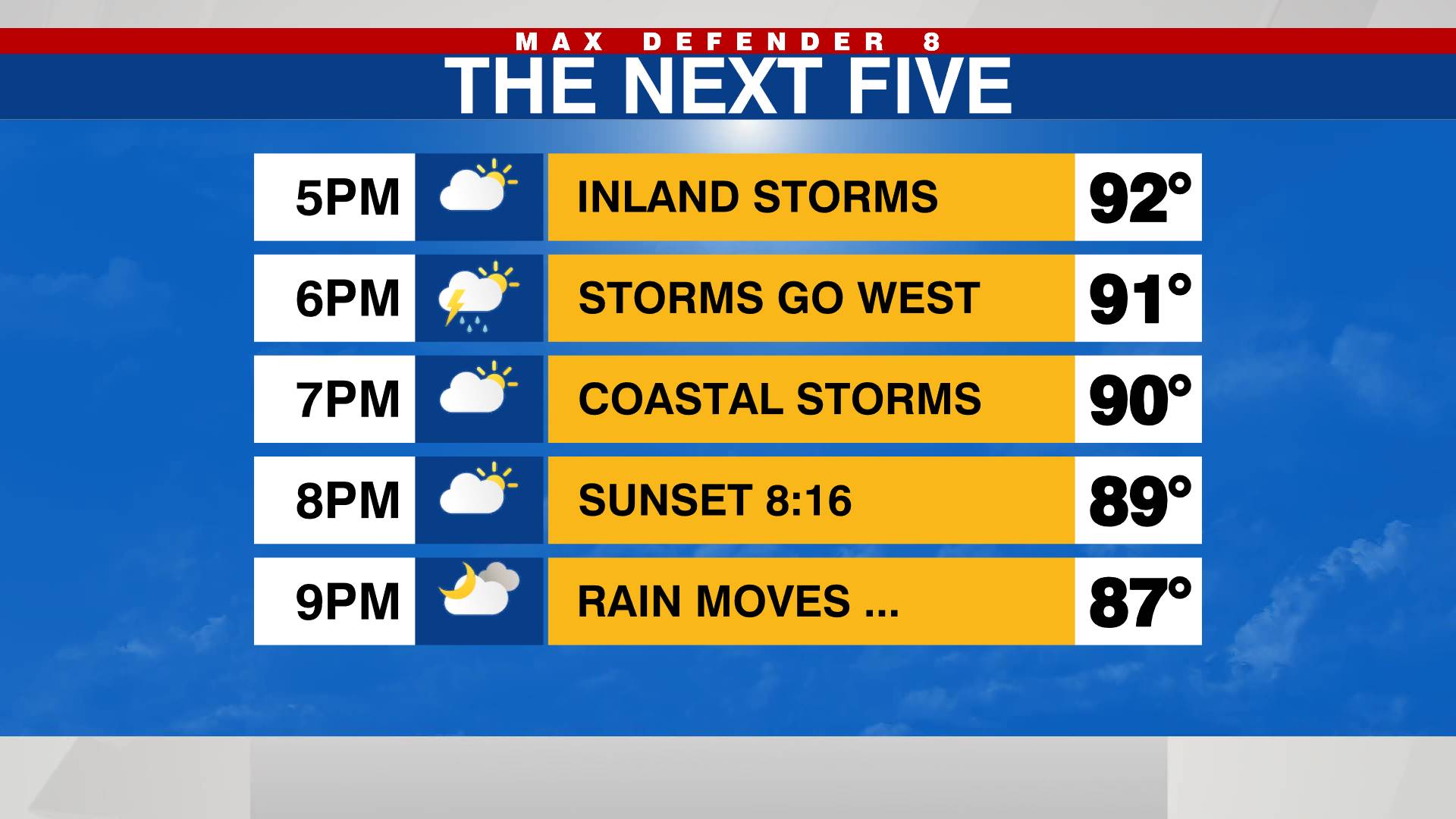TAMPA, Fla. (WFLA) — After three years of La Niña, El Niño may finally be on the way by summer of 2023. So what does that mean for hurricane season and how are La Niña and El Niño changing as the planet warms? We answer those questions in today’s climate classroom.
The phenomena of La Niña and El Niño are fairly simple to explain but have profound effects on the weather around the planet. This brother-sister climate oscillation (ENSO) is the biggest driving force for year-to-year weather extremes.
It is clear that climate change is having an impact on ENSO and the impacts it is having on extreme weather, but the specifics have not been easy for climate scientists to pin down. If there is one conclusion it is similar to other aspects of Global Warming – it is leading to more variability and more extremes.
La Niña is defined as cooler than normal sea surface waters in the Eastern Tropical Pacific. During this time the easterly trade winds blow warm surface water west towards Indonesia, where it piles up, literally.

When the Trade winds relax that warm water flows back into the east into the Eastern Pacific, where El Niño is born. This is a simplified explanation of the cycle.
During El Niño, with the warm water pool closer to the US, the subtropical jet stream is invigorated. As a result, the southern US and the Tampa Bay area tends to be wetter than normal with more bouts of severe weather in late fall and winter.

1998 is an example of an El Niño. That winter Central Florida saw one of its worst tornado outbreaks in history.
So that begs the question, will we see El Niño develop in 2023? The jury is still out and there are no robust signs yet. But forecasts are leaning in that direction.
The multi-model plume forecast from the IRI at Columbia University shows the Eastern Pacific warming into next fall.

As a result of the available data, IRI and NOAA are forecasting a better than even chance of El Niño developing by late summer.

While the forecast leans in this direction, there are still no clear signals in the Pacific Ocean that the transition is underway, so we should be skeptical until changes start to occur.
But if El Niño does develop it has the potential to have large impacts on the weather. For instance, in hurricane season El Niño typically results in less active Atlantic seasons with weaker storms. That’s because the warmer water in the Eastern Pacific adds more wind shear to the Atlantic Ocean, inhibiting tropical development.
Below is a clear comparison of hurricane numbers between El Niño summers and La Niña summers over the past 30 years. The difference is stark. During La Niña there are approximately 3 times more.


Of course, no two El Niño’s are alike and neutral seasons (seasons with neither El Niño or La Niña) tend to be active in the Atlantic. So the devil is in the details. After all, it only takes one storm for destruction.
Beyond hurricane season, El Niño tends to produce a much more active weather pattern in the Southern US. Here in Florida, we tend to get more frequent fronts, cloudier weather, more bouts of severe storms and cooler overall winters. So if El Niño develops that’s what we may contend with late 2023 into early 2024.
What about climate change and its impact on ENSO? It’s complicated. There has been a lot of research into this and not many consensus conclusions. If there is one agreed upon conclusion it is that El Niño’s and La Niña’s are becoming more variable with more extreme consequences. Essentially the extra heat in the system is making the ramifications of the phenomena extreme.
WFLA’s climate specialist Jeff Berardelli spoke to Dr. Kim Cobb, a Climate Scientist from Brown University, and a leading expert on ENSO. She explained, “It [global warming] is like taking the climate extremes knob of our planet and juicing it up a little bit when you are talking about increasing the variability of El Niño and La Niña because that is one of the primary drivers of that global weather and climate extremes”














